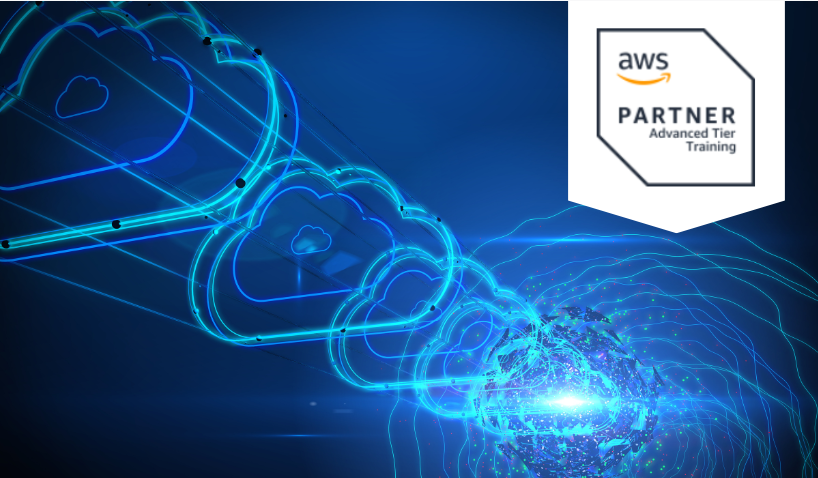Who should attend
This course is intended for:
Data warehouse engineers
Data platform engineers
Architects and operators who build and manage data analytics pipelines
Prerequisites
Students with a minimum one-year experience managing data warehouses will benefit from this course.
We recommend that attendees of this course have:
Completed either AWS Technical Essentials (AWSE) or Architecting on AWS (AWSA)
Completed Building Data Lakes on AWS (BDLA)


